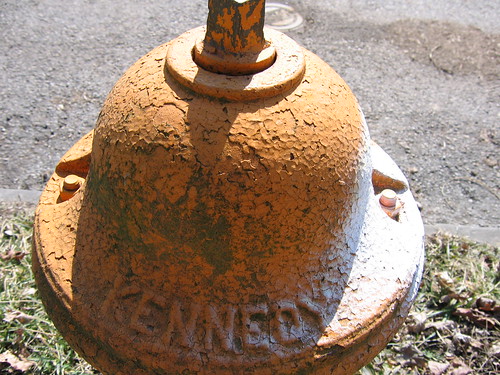Jackie Kennedy’s Picture-Perfect Camelot Life ‘Wasn’t as Beautiful and Easy as It Seemed’
Kennedy #Kennedy

If you purchase an independently reviewed product or service through a link on our website, SheKnows may receive an affiliate commission.
The life of Jackie Kennedy still feels almost mythical even though it’s been over 60 years since John F. Kennedy was sworn in as the 35th President of the United States. Americans know that their marriage was fraught with infidelity and turmoil, but the idyllic images of Camelot are forever frozen in time.
More from SheKnows
Jackie passed away from non-Hodgkin’s lymphoma in May 1994, but people are still as obsessed with the style icon’s legacy as they were in 1961 when her husband took office. Kate Andersen Brower, author of First Women: The Grace and Power of America’s Modern First Ladies, believes there are a lot of “surface reasons” for her long-standing popularity. “Obviously, because she was young and beautiful, but I think from a historical view, the myth of Camelot that she created, continues on for her and for JFK,” she exclusively told SheKnows.
First Lady Jacqueline Kennedy laughs as her son, John Kennedy Jr., plays with her simulated-pearl necklace in White House nursery. Nov. 27, 1962.
Brower notes that Jackie hatched the idea of Camelot, a phrase used to refer to the youth and vitality that is associated with JFK’s presidency, “after her husband was killed” even though “there were so many complicated things going on” behind the White House walls. She adds, “He was cheating on her and the emotions that she was dealing with at the time” made them “very human.” She loves “debunking the myth” of the Kennedys because it “makes [Jackie] even more interesting” — their story “wasn’t as beautiful and easy as it seemed.”
Click here to read the full article.
There’s a legendary story that Brower accounts in her book about the endless stream of interns and aides in the White House press office, who often engaged in affairs with the president. When the first lady approached the entry to the Oval Office with a friend, she “noticed one woman who was said to be having an affair with her husband sitting quietly nearby, probably petrified.” That’s when Jackie leaned into her prep-school education by speaking with her pal in French. “This is the girl who supposedly is sleeping with my husband,” she said. As Brower sums up, “Jackie was no fool” even though the JFK’s consistent infidelities brought on “bouts of depression.”
President’s Birthday Party, given by White House Staff. L-R: President Kennedy, Mrs. Kennedy, Dave Powers. May 28, 1963.
Jackie’s steely resolve was a part of her public image and very few people knew what was really going on behind closed doors. Early on in JFK’s presidential campaign, she was concerned about being a “liability” in getting him elected. As an “outsider,” who was from an “upper-class, rich family,” Jackie was concerned that she wasn’t “relatable.” However, things started to turn around for her when “women around the country were buying pillbox hats and suits to look like her, it gave her so much self-confidence that she [didn’t have] before.”
In the wake of JFK’s assassination, some of that self-assuredness was gone, and it’s why she leaned on her Life journalist pal Theodore H. White to help her craft the fairy tale of Camelot. “Only bitter men write history,” she told White, per Brower’s book. “Jack’s life had more to do with myth, magic, legend, saga, and story than with political theory or political science.” It was a way to keep her husband alive through the images they presented as family and in the White House.
‘First Women: The Grace and Power of America’s Modern First Ladies’
Price: $28.99 $13.73
Buy On Amazon
That PR spin still exists to this day, even though the knowledge of the couple’s marital issues are public domain. The loss of JFK in the middle of his first term still begs the question of how different the U.S. might look if he lived to serve out two terms at the White House. The great impact Jackie had as a first lady would have been even more significant beyond restoring the White House and implementing the Rose Garden. It’s something that Brower still ponders even after extensively researching Jackie for her book.
“I think that maybe if she had stayed, we would’ve seen even more incredible moments like bringing in the Nobel Prize Laureates [for the 1962 State Dinner],” Brower contemplates. “Imagine if Martin Luther King Jr. had lived and she could have brought him in. [The Kennedys] could have done a lot for civil rights. I think it would’ve been more a culturally significant [administration] than it already is.”
Before you go, click here to see photos of JFK and Jackie O.’s grown-up grandkids.
Best of SheKnows
Sign up for SheKnows’ Newsletter.For the latest news, follow us on Facebook, Twitter, and Instagram.